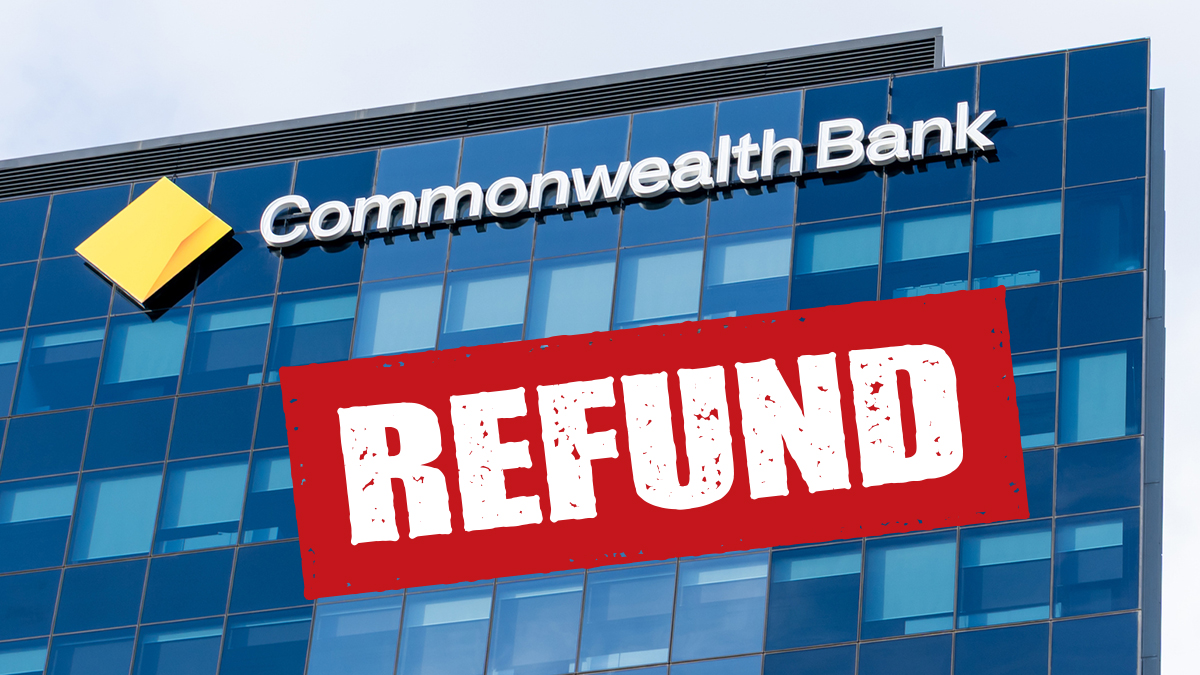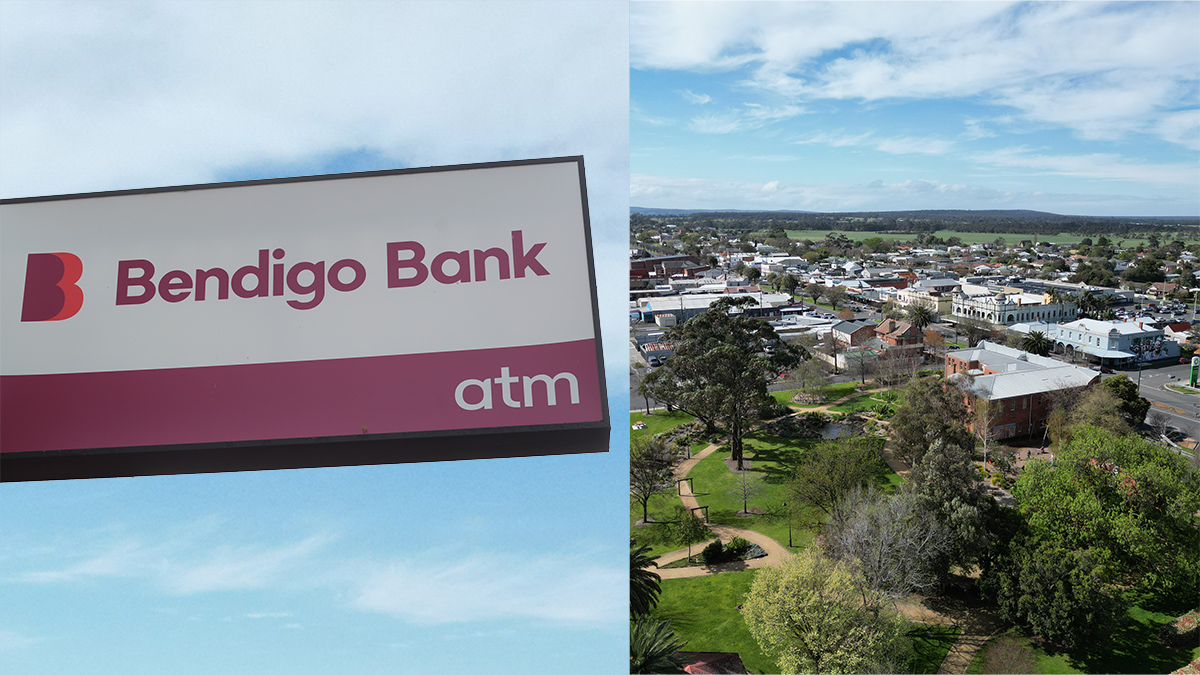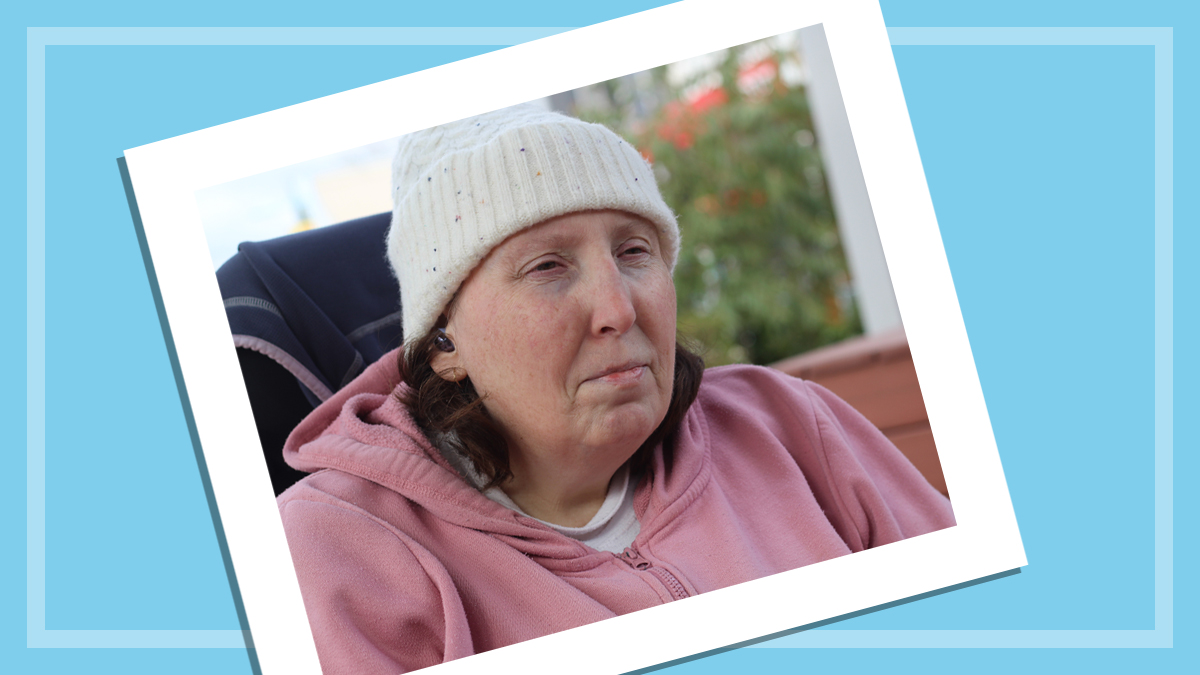Get our independent lab tests, expert reviews and honest advice.
Why are we still paying billions in bank fees?

Need to know
- Australian households paid $3.2 billion in bank fees in financial year 2021-22
- Some Indigenous customers are paying up to $3000 a year in overdraw fees
- An ASIC report concluded that many customers should have been moved into low-fee basic accounts
Many of us would agree banks shouldn’t charge us fees when they already have about $1.3 trillion of our money sitting in deposit and savings accounts.
They use our collective capital to engineer some fantastic profits.
The recents jumps in home loan rates, in fact, are part of the reason the big four banks (CBA, ANZ, NAB and Westpac) posted a combined after-tax profit of $28.5 billion for the 2022 financial year.
Aside from the interest charged on loans, a significant portion of this profit would have come from fees, which come in all shapes and sizes. Home loan and credit card fees top the list of the most lucrative fees for the banks.
CHOICE member Warwick, who looks after his 94-year-old mother-in-law’s finances, got in touch in June to vent about Commonwealth Bank’s recent 24% fee increase on its low-fee Mastercard.
A tricky way to charge more
Commonwealth Bank’s fee increase is one thing; the way it was disclosed is another. In Warwick’s view, announcing the change on the third page of his mother-in-law’s credit card statement won’t win the bank any awards for transparency.
The credit card previously had an annual fee of $29, which was waived if you used the card to spend more than $1000 over the year.
Starting on August 25, the new fee is $3 a month, waived if you spend at least $300 over the monthly statement period. For those who don’t meet the fee-waiver conditions, the annual fee goes from $29 to $36.
The new CBA fee schedule confronts cardholders with an ultimatum: use your credit card at least once a month or pay higher fees
Like many credit cards, the CBA card has other costs as well, such as a 19.74% interest rate and a $20 late payment fee. (Low-fee cards offered by the other three big banks also charge annual fees and have high interest rates, though following the fee hike the CBA card will have the highest annual fee if you don’t spend at least $300 a month.)
The new CBA fee schedule confronts cardholders with an ultimatum: use your credit card at least once a month or pay higher fees.
“So to avoid the fees you would have to spend $3600 a year and ensure you didn’t drop below $300 in any month,” Warwick says. “On what basis can they justify more than tripling the minimum spend?”
No clear reason for the increase
Warwick’s mother-in-law had been meeting the $1000 yearly spend fee-free requirement, but won’t be spending $300 a month. She’ll go from paying no fees to paying $36 a year.
“I know that it’s only a small amount but it’s irksome that they take a swipe at a customer of almost 80 years with fees that don’t reflect the economic reality of keeping an account open.”
Asked whether the bank thinks the increase is fair given the cost of living crisis and CBA’s recent profit postings, CBA’s response was less than enlightening.
“We periodically review our card offering to maintain value and services,” a spokesperson told us, adding that the bank has a range of other products with different fee structures including StepPay, its buy now, pay later product.

First Nations communities paying millions
While many people may be able to handle $36 a year, fees like this multiplied by millions of customers can really beef up the bottom line for the banks. For some customers, they can also cause serious economic stress.
Australian households paid $3.2 billion in bank fees in financial year 2021-22, when credit card fees across the sector increased. (Fees were also charged on home and personal loans and other bank products.)
But some fees are more punitive than others, and some disproportionately impact certain groups.
The banking royal commission recommended that banks get rid of so-called exception fees, also known as overdraw or dishonour fees, on basic accounts (or simple transaction accounts).
A recent review by the Australian Securities and Investments Commission (ASIC) found that some Indigenous customers are paying up to $3000 a year in overdraw fees
Plenty of banks are still charging overdraw fees on other accounts, however, and First Nations communities in particular are paying a high price.
A recent review by the Australian Securities and Investments Commission (ASIC) found that some Indigenous customers are paying up to $3000 a year in overdraw fees.
ASIC’s research also found that many customers paying high fees should have been moved into basic low-fee accounts, and that the banks were aware they should have been.
Yet most of the banks ASIC reviewed had only moved between 0.5% and 3% of these customers into accounts that don’t charge overdraw fees.
Over $6 million in fees in 12 months
The review drew on information provided by 110,000 bank customers living in areas with higher than average populations of First Nations people. These customers paid over $6 million in bank fees over a 12 month period, most of which were overdraw fees.
ASIC commissioner Danielle Press says the agency finds it “unacceptable” that so many customers are harmed by high fees “when banks know these people could be in low-fee accounts”.
“Current processes to transfer eligible customers to low-fee accounts are overwhelmingly ineffective,” Press says. “We have raised these issues with the banks included in the review. ASIC wants to see action taken swiftly to change these customers to a low-fee option.”
Are you paying unnecessary fees?
Given the profits the banks are making on the back of our deposits, it’s hard to justify any bank fee.
In November 2022, we updated our review of basic bank accounts that don’t charge monthly or annual account-keeping fees or debit card access fees and that don’t require regular deposits or transactions to avoid fees.
While some of the details may have changed since November, it remains a useful guide. As always, double check the fee details on the respective websites before you commit.





